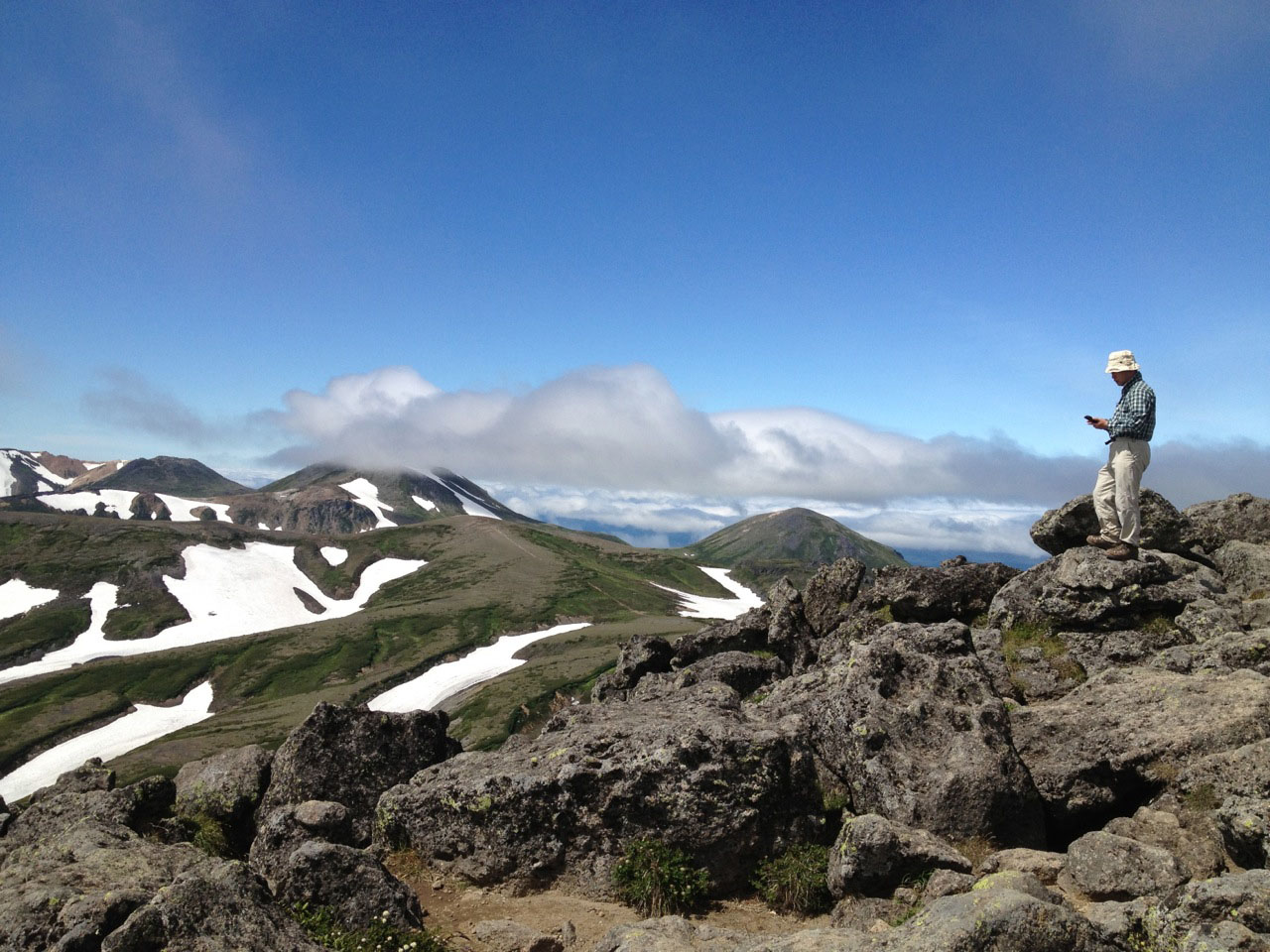In the very center of Hokkaido lies a landscape so far removed from the urban sprawl of much of lowland Japan that you might be forgiven for asking: "Is this really Japan?" Far more reminiscent of the higher latitudes of Kamchatka and Chukotka (northeastern Russia) or of northern central Alaska (United States) than of Kanto or Kansai, the volcanic ranges that span the core of Japan's northern island present to the eye an astoundingly un-Japanese landscape: expansive, even vast, powerful, and providing a sense of true wilderness. For some "marooned" urbanites with a yen for wildness, this might be the very place you have been seeking to "get away from it all."
The heart of Hokkaido is an icy one, celebrated in the name Daisetsu (sometimes transliterated as Taisetsu), which means "Great Snows." Much of this beautiful region makes up Japan's largest national park, Daisetsuzan Kokuritsu Koen, a park established in 1934 and spanning a staggering extent — some 230,000 hectares.
The name Daisetsu could hardly be more apt, as for much of the year this is a cold, snow- and ice-dominated heart that welcomes only the brave and well equipped, or the foolhardy. Even in mid-summer, when lowland Hokkaido presents a milder, gentler face, Daisetsu retains extensive snow fields — and not only in narrow shady gullies, but in broader high-altitude valleys too, bringing delightful patterns of white and green to the landscape.



















With your current subscription plan you can comment on stories. However, before writing your first comment, please create a display name in the Profile section of your subscriber account page.